As Sara Coleridge so very, very, nearly phrased it:
"Hot July brings cooling showers, Apricots, and inspiring days in architecture and design museums"1
Our five apricots recommendations for inspiring new exhibitions opening in the, invariably, far, far, too hot July of 2024 take us all to Luxembourg, Remagen, Warsaw, Utrecht and Susch.......
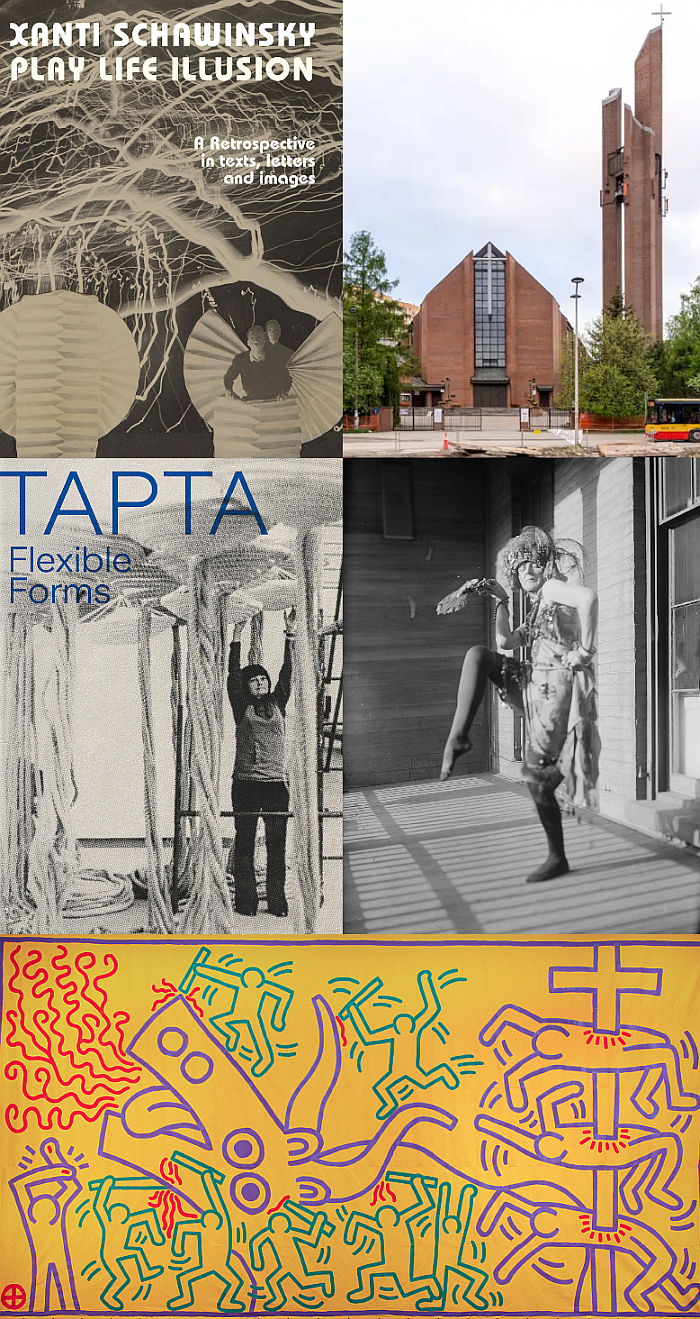
Xanti Schawinsky is not only a highly interesting Bauhäusler but is also a highly informative and instructive Bauhäusler in terms of explaining the Bauhauses, and the relevance and legacy of the Bauhauses, beyond those half-dozen biographies that are always told.
Claiming to be the first Schawinsky retrospective outside his native Switzerland, which if true is in itself informative and instructive, and a crime, Play, Life, Illusion promises to chart not only Xanti Schawinsky's long career from Bauhaus Weimar and Bauhaus Dessau over Magdeburg and Berlin to Italy and further on to the USA where after a tenure at Black Mountain College, North Carolina, that first unofficial official Bauhaus continuation in the USA, Schawinsky spent a period in New York while also regularly working and living in Europe, but also promises to explore and discuss both the myriad genres in which Schawinsky was active, be that, for example, scenography, painting, advertising or photography, and also the developments and evolution in his art and design over the decades and geography of his career; the manner in which that which he had learned and developed in Weimar and Dessau further developed and evolved in the new contexts Schawinsky found himself. And will hopefully also explore Xanti Schawinsky's music: Schawinsky was, lest we all forget, a leading member of the Bauhauskapelle, that unofficial official Bauhaus party band. And a Bauhaus institution, regrettably and inexplicably, as infrequently discussed as Xanti Schawinsky.
And in doing so Play, Life, Illusion should not only allow for an introduction to a unfairly and unjustly under-acknowledged creative talent, but also help elucidate how different creative practices compliment and expand one another, inform and instruct one another. Which, arguably, is one of those things that was central at the Bauhauses. And something Xanti Schawinsky is very well placed to elucidate.
Parallel to Play, Life, Illusion Mudam will present the installation Monster Chetwynd: Xanti Shenanigans in which Chetwynd explores Schawinsky in her own manner.
Xanti Schawinsky: Play, Life, Illusion — a Retrospective is scheduled to open at Musée d’Art Moderne Grand-Duc Jean, Mudam, 3, Park Dräi Eechelen, 1499 Luxembourg-Kirchberg on Friday July 12th and run until Sunday January 5th. Further details can be found at www.mudam.com
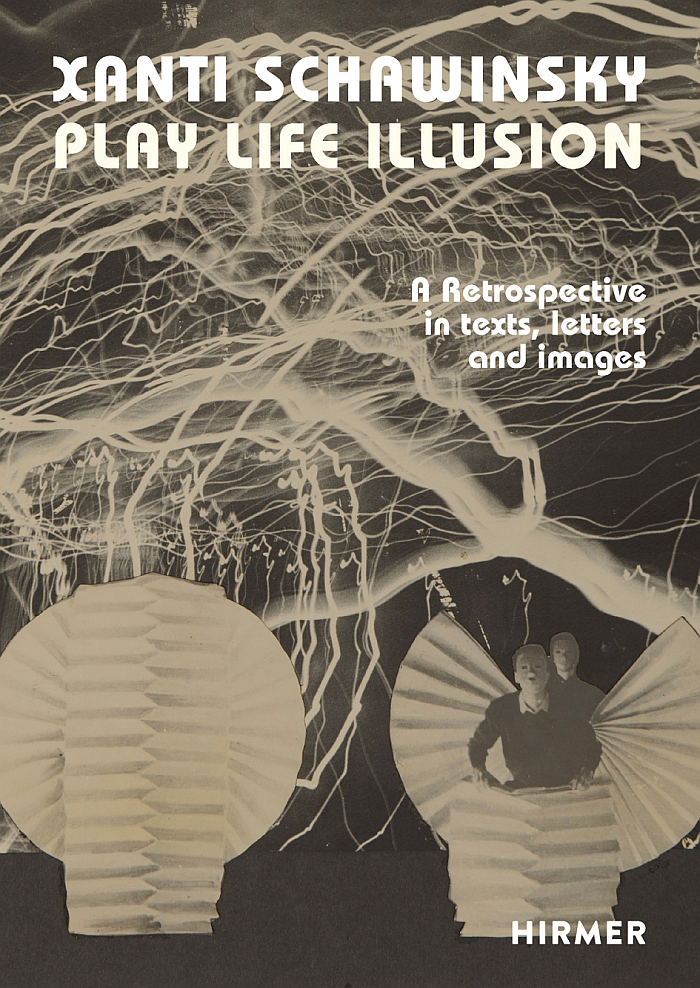
Arising in and around the Cabaret Voltaire in Zürich, a Swiss genesis that is always difficult to compute, Dada was, alongside, for example, Surrealism or Functionalism, one of a number of simultaneous early 20th avant-garde creative positions that for all their differences, all, in their own ways, contributed to the developments of the early 20th century as European society sought a path forward from the structures and conventions and norms of the late 19th century towards a late 20th century of new structures and conventions and norms.
And as with those other cultural expressions of the early 20th century Dada suffers today on account of a very male centred telling of its (hi)story. On account of its popular (his)tory.
With Regendering DADA the Arp Museum aim to tell a narrative of Dada that in addition to the many popularly known male Dadaists such as, for example, Hans Arp, Tristan Tzara or Kurt Schwitters will feature, will prominently feature, less frequently discussed female protagonists such as, and amongst many others, Sophie Taeuber-Arp, Emmy Hennings, Hannah Höch, Suzanne Duchamp or Elsa, Baroness von Freytag-Loringhoven, the latter of whom was married to the nephew of that Bauhaus Weimar critic and rejector of all things avant-garde, Mathilde von Freytag-Loringhoven, a contrast in characters which must have made family events, let's say, interesting.
In addition, Regendering DADA promises to provide for a global review of Dada, taking the story from Zürich over Cologne, Berlin, Hannover, Paris and New York, and in doing such should not only allow for the start of the development of a more probable narrative of Dada and thereby help contribute to the more probable telling of creativity in the early 20th century we very much need today, but should help underscore that the rules Dada sought to break, the structures and conventions and norms Dada challenged were also the gender rules, structures, conventions, norms of early 20th century society. An underscoring, and for all a refocussing on Dada and gender, which on the one hand should help elucidate why the contemporary (his)tory of Dada is so damaging to appreciations of Dada, on our collective memory of Dada, and on the other could be useful today as we seek to find our own way forward from the early 21st century.
Regendering DADA is scheduled top open at the Arp Museum Bahnhof Rolandseck, Hans-Arp-Allee 1, 53424 Remagen on Sunday July 7th and run until Sunday January 12th. Further details can be found at https://arpmuseum.org
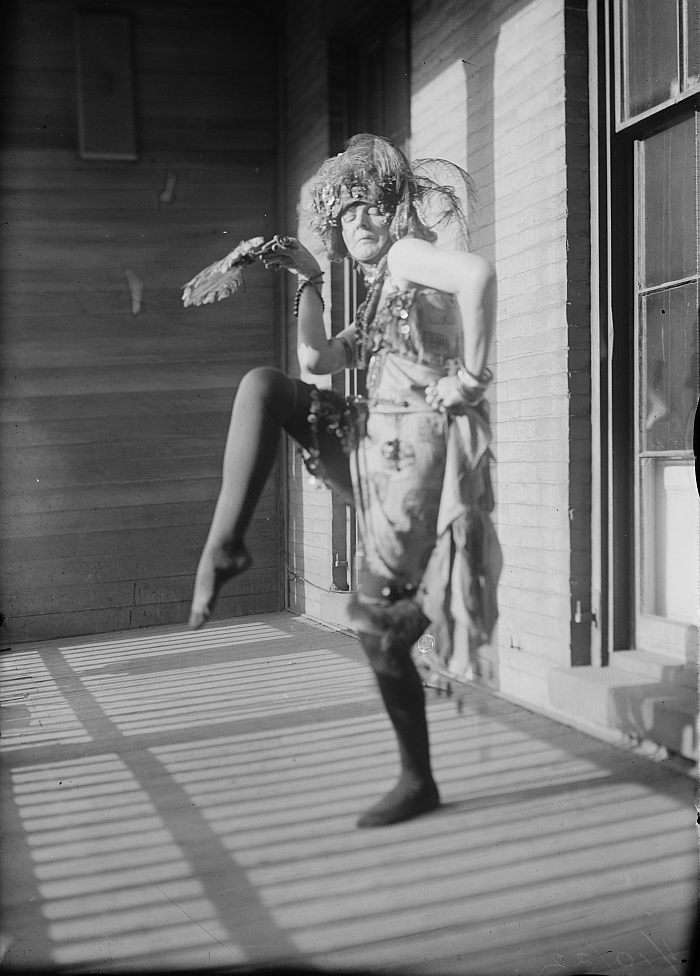
Born in Warsaw in 1910 Jan Bogusławski studied architecture at Warsaw University of Technology, graduating in 1933 whereupon he spent a year at the École des beaux-arts, Paris, before returning to Warsaw to open his own practice. A practice initially halted by the 1939-45 War; a War Bogusławski largely experienced in a Prisoner-of-War camp. Post-War Bogusławski was closely involved with rebuilding programmes in Poland, including the development of several housing estates, but also developing numerous civic, cultural and religious projects, and playing an important role in the restoration of Warsaw Castle. In addition Bogusławski competed, as far as we can ascertain unsuccessfully, in a number of international architecture competitions, including, for example, those for Amsterdam Town Hall, Madrid Opera House or Leipzig Opera House; while beyond his architectural practice Jan Bogusławski taught for many years at his Alma Mater and was, throughout his career, a practising furniture designer, both for his architectural projects and in wider contexts. Jan Bogusławski died in 1982, aged just 71, and still very much active as an architect, many of his later works being completed posthumously.
Organised by the Polish National Institute of Architecture and Urban Planning in cooperation with the Polish Institute of Industrial Design, According to the rules of art and your own preferences, Według reguł sztuki i własnego upodobania, promises to approach Jan Bogusławski his work, legacy and relevance, and also approach Bogusławski's rules of art and preferences, through a presentation of some 200 objects including drawings and sketches, models, photographs and items of furniture from across the decades of his career, and which quite aside from allowing for an introduction to Bogusławski should allow for some more nuanced reflections on the development of architecture and design in 20th century Poland. And the connections, the relevant and all to often overlooked connections, between those developments and developments in Europe.
Jan Bogusławski (1910-1982). According to the rules of art and your own preferences is scheduled to open at the Instytut Wzornictwa Przemysłowego, ul. Świętojerska 5/7, Warsaw on Thursday July 4th and run until Monday September 30th. Further details can be found at https://instytutwzornictwa.com
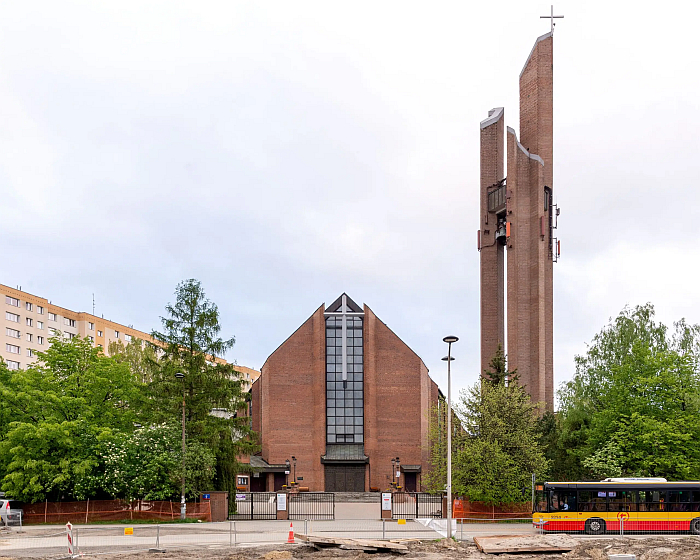
If we're being honest, which we always try to be, until Utrecht's Centraal Museum announced it was presenting an exhibition devoted to Graffiti and Textile Design we'd never brought the two in association with one another. And we suspect neither had you. Yet having started considering the association it makes a lot of sense, and not just in context of the nihilism of early 1980s New York.
Promising a presentation featuring works by some 100 or so international creatives from across both genres, including individuals/collectives as varied as, and amongst many others, Sheila Hicks, Keith Haring, Hanne Darboven, Carlos Amorales, Feministische Handwerk Partij (FHJ), patricia kaersenhout or, as the curators phrase it, "makers unknown to us", unknowns who, in many regards could prove to be key to the presentation, Spray and Stitch promises to take a very wide definition of both "Graffiti" and "Textile Design", but which in doing so, and in placing "Graffiti" and "Textile Design" in dialogue with one another should allow for important and interesting fresh perspectives on two artistic forms that for all they both are very much associated with cultural expression, identity, protest, the Message of the title in its myriad forms, and for all that both continually and endlessly change and reinvent themselves in context of prevailing realities, are only rarely acknowledged as active components of, as mirrors of, and as contributors to any given society and culture. Are both all too easily either overlooked or seen as sources of empty commercial gain.
And rarely if ever approached in context of one another, as same same but different. Spray and Stitch could elucidate why that was a mistake we needs must rectify.
Spray and Stitch: Art with a Message is scheduled to open at the Centraal Museum, Agnietenstraat 1, 3512 XA Utrecht on Thursday July 4th and run until Sunday September 8th. Further details can be found at www.centraalmuseum.nl
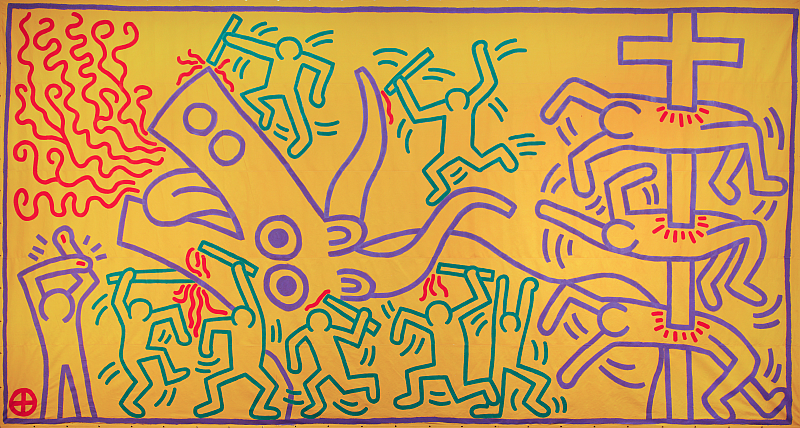
Born in Poland in 1926 Maria Wierusz-Kowalska a.k.a. Tapta fled to Belgium in 1944 following her participation in the Warsaw Uprising, and where she studied weaving at La Cambre, Brussels, graduating in 1949, whereupon she and her husband Krzysztof moved to the Congo where Krzysztof had a position as an engineer. A Congo the pair spent the 1950s living and working in until, against the background of the ending of colonial rule and Congo's independence from Belgium in 1960, they returned to Brussels; Tapta returning with her experiences of traditional weaving and material use in Congo which was to influence and inform her future work.
Future work that saw Tapta advance the concept of soft sculpture, of sculpting with textiles and other flexible materials, of creating 3D textile works that through their disruption of space and integration in space, and also through the light and shadow they cast and enabled, that way they expand themselves into intangible territories, the way the interact with the users of a space, individually and collectively, enable differentiated perspectives on space, perceptions of space, relationships with space and also with and on materiality.
And soft sculptures which in the 1980s Tapta increasingly conceived in Neoprene rather than the wool or rope of the 1960s and 70s. A change that, arguably, is not unrelated to the social and cultural changes of the 1980s. In addition to her own work Tapta served as head of the Textile Workshop, or Flexible Sculpture as she called it, at La Cambre from 1976 until 1990 and in which period was an influential voice in the development of a generation or two of Belgian, and international, creatives.
Based on a research project by Liesbeth Decan at LUCA School of Arts, Brussels, Flexible Forms promises to present a mix of works by Tapta, models of projects by Tapta, and also a reconstruction of Tapta's 1974 environment Forms for a Flexible Space, a reconstruction to be presented in full for the first time in Flexible Forms; and thus Flexible Forms promises to be presentation that quite aside from helping Tapta to retake her place on the helix of art/architecture/design (hi)story should also allow for meaningful and apposite considerations and reflections on the spaces and the material worlds we create for ourselves.
Tapta: Flexible Forms is scheduled to open at Muzeum Susch, Surpunt 78, 7542 Susch on Saturday July 20th and run until Sunday November 3rd. Further details can be found at www.muzeumsusch.ch
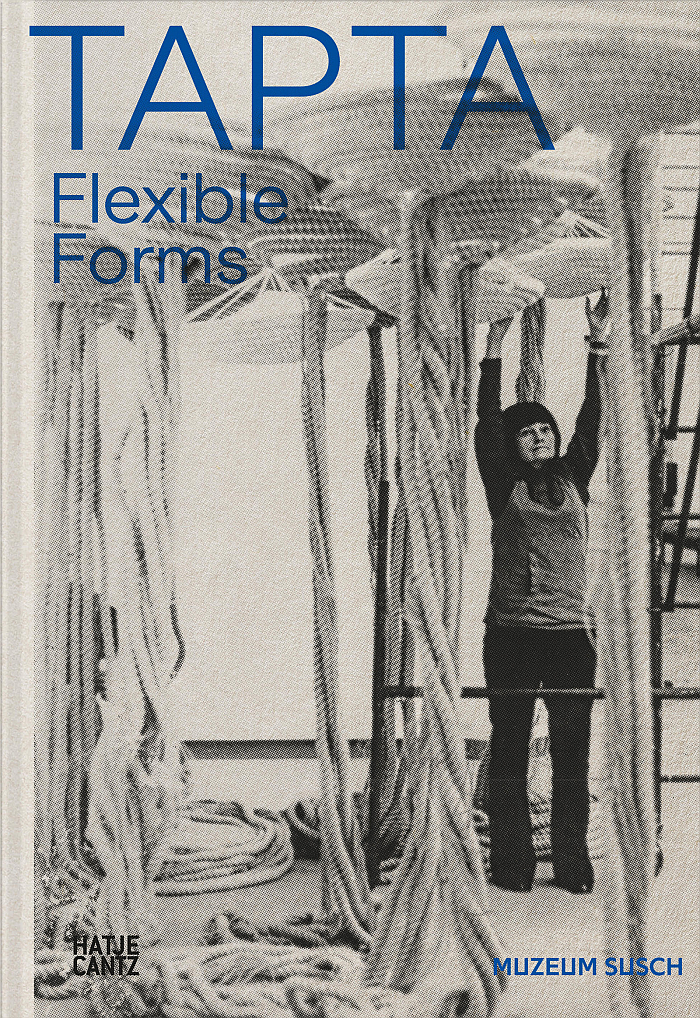
1"Hot July brings cooling showers, Apricots and gilliflowers", Sara Coleridge, The Months, in Sara Coleridge Pretty Lessons in Verse, for Good Children; With Some Lessons in Latin, in easy rhyme John W. Parker, London, 1839